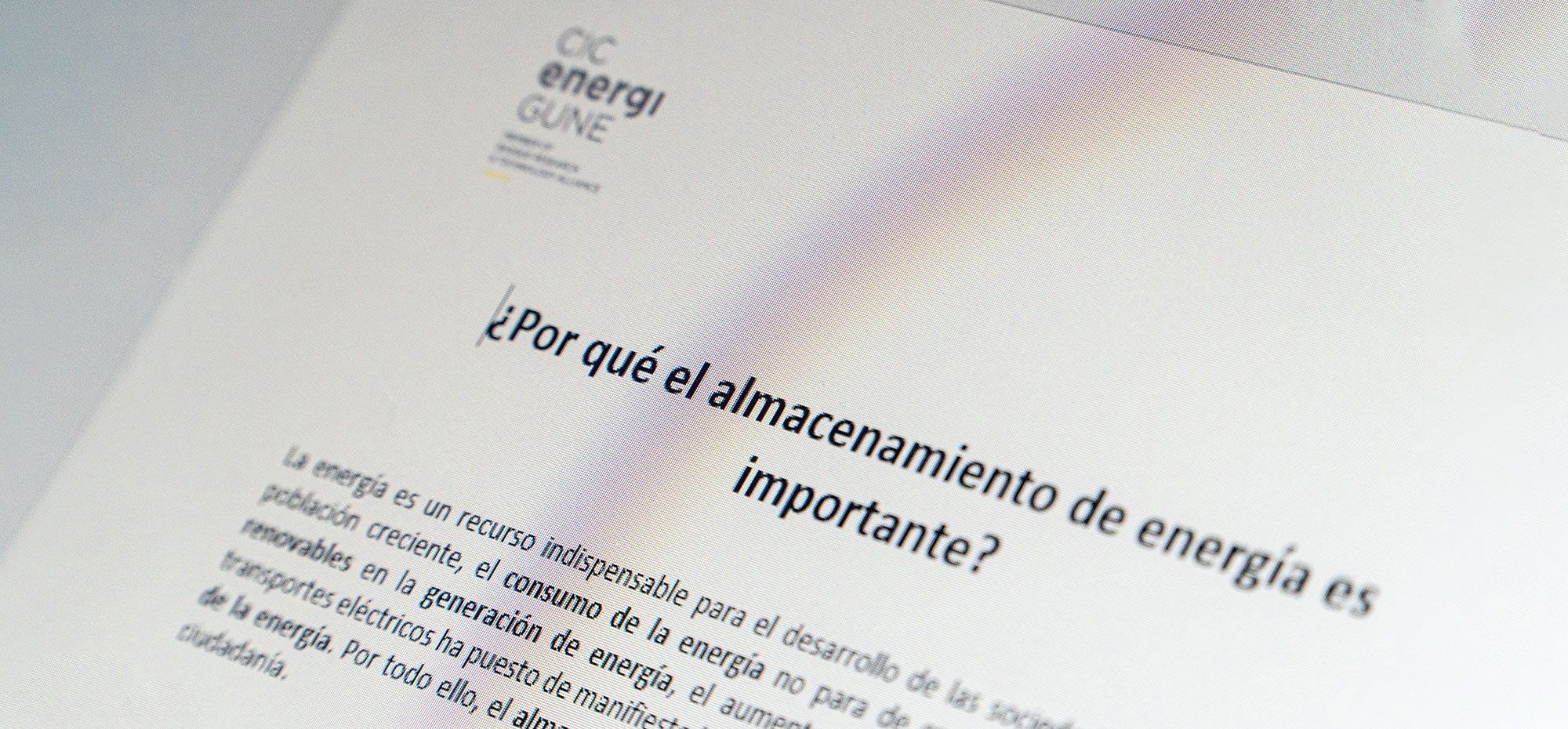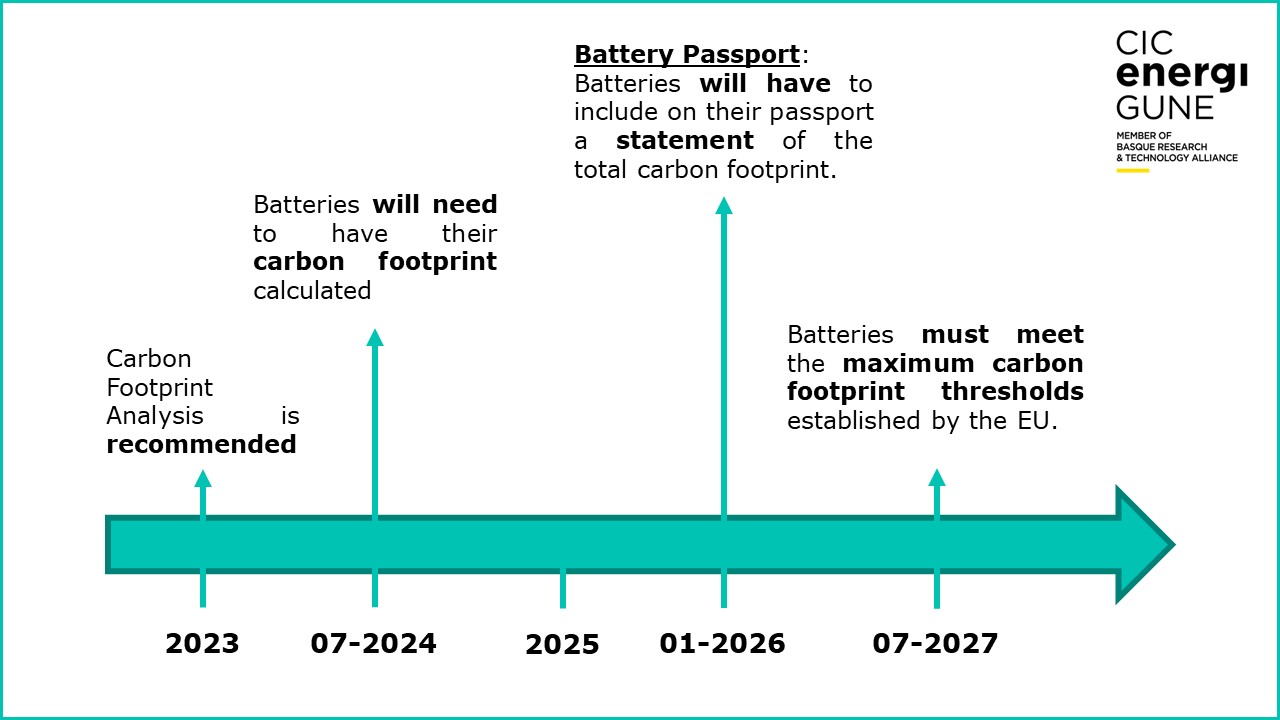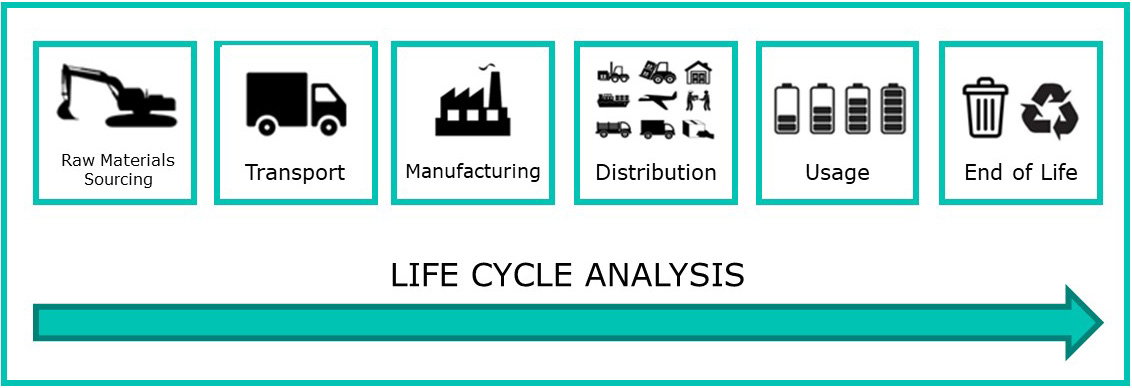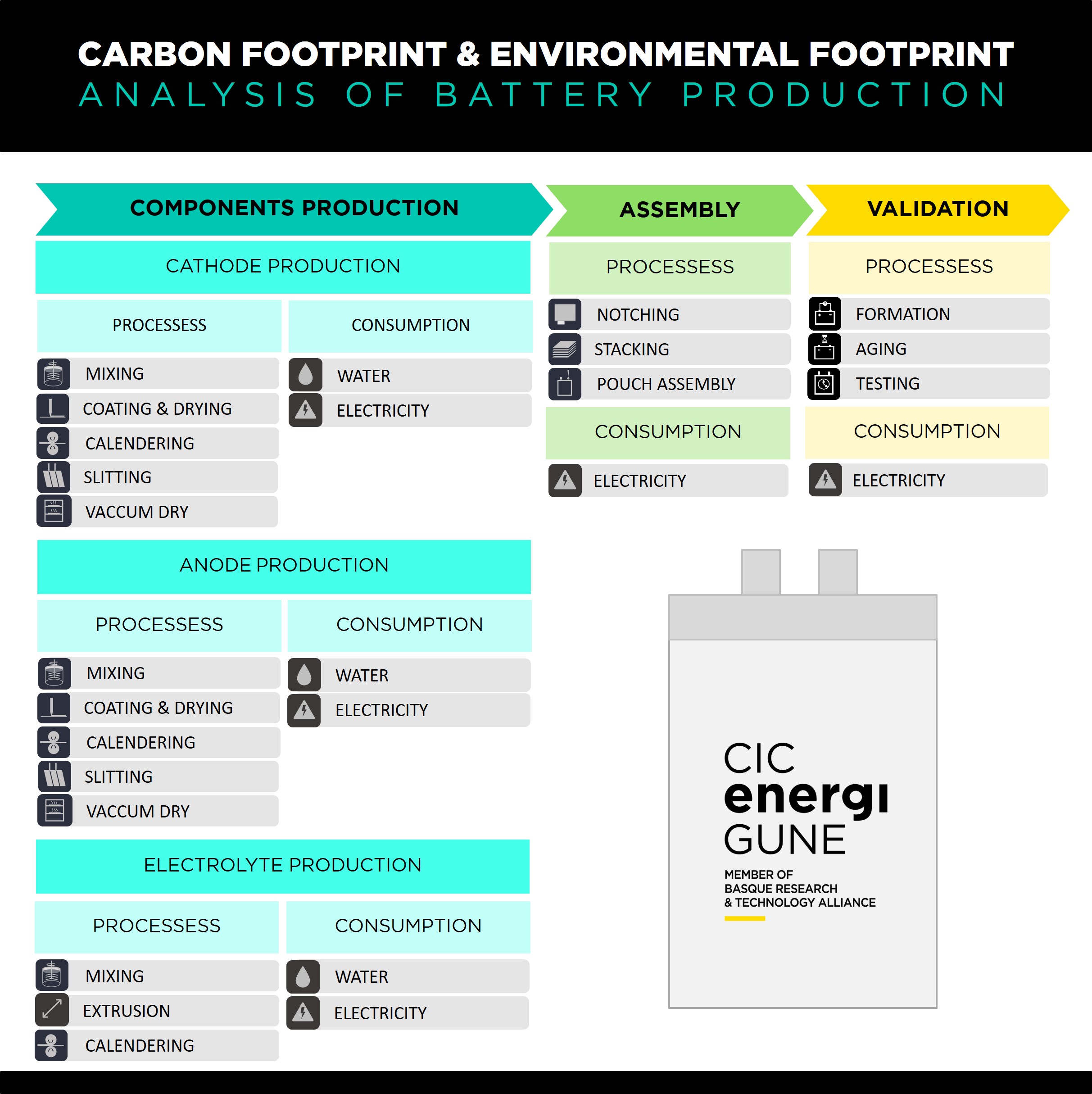From the environmental point of view, the energy transition and the decarbonization objectives set by Europe for the coming decades have highlighted the need to promote more environmentally friendly production models that guarantee greater sustainability of products manufactured in the European Union.
The battery sector, as we have commented on previous occasions, is key to meeting these objectives, and therefore, the new battery regulation focuses on different environmental criteria, in order to stimulate the market transition to a more sustainable way. This means that batteries must be designed and manufactured in such a way that, in addition to optimizing their performance, durability and safety, their environmental footprint is reduced.
This is a very important step, mainly for two reasons: first, because it is no longer enough just to determine the environmental footprint, but it is necessary to reduce it; and second, because the environmental footprint is determined through multi-criteria methodologies, which cover not only CO2 emissions or energy consumption, but also include environmental impacts such as water consumption, ozone layer depletion, eutrophication or acidification, among others, throughout the product´s life cycle.
And to contribute to this, the new regulation establishes not only a series of measures from the point of view of circularity, eco-design, or recycling rates of critical materials of lithium batteries, but also includes the declaration of the carbon footprint as one of the key measures to, in the first instance, know the Greenhouse Gas Emissions (GHG) generated in the manufacture of these products and thus, subsequently, establish the maximum emission thresholds.
Carbon footprint as an environmental indicator in battery production
The carbon footprint is an environmental indicator that estimates the total volume of Greenhouse Gas Emissions (CO2, CH4, N20, HFCs, PFCs, SF6, NF3) generated in a process, product or service throughout its life cycle. To determine it as accurately as possible, it is essential to carry out an exhaustive analysis of each of the stages and processes involved in the generation of the product, in order to identify in detail the inputs and outputs of each of the processes.
One of the tools of the new regulation with a significant environmental implication to ensure compliance with these measures is the battery passport; a registry that all batteries (for electric vehicles or those put into service with a capacity greater than 2KWh) must have, as of January 2026, and which includes as a mandatory item, among other parameters, the declaration of the total carbon footprint of the battery, calculated through the Product Environmental Footprint (PEF) methodology.
This methodology is a method based on the application of Life Cycle Assessment that measures and communicates the potential environmental impact of products. It is based on existing international approaches and standards (such as the ISO 14040 series and the European ILCD guidelines), and aims to provide information to quantify and reduce the environmental impact of products and services, taking into account all activities in the value chain (from the extraction of raw materials, through production and use, to final waste management). These results will contribute to the determination of the basis of the EU environmental footprint.
In order for the calculation of the carbon footprint and environmental footprint to be reliable and fully aligned with the product manufactured, it is essential to carry out an in-depth study of each of the production processes.
At CIC energiGUNE we calculate the carbon footprint of our reference products through Life Cycle Analysis (LCA), identifying the main processes involved in the production of the products, raw materials, equipment, by-products and energy and water consumption, among others. For this purpose, the guidelines set forth in the Product Environmental Footprint methodology have been followed, starting with a detailed analysis of the production processes of each of the cell components (cathode, anode and electrolyte) to continue with the processes necessary to carry out their assembly.
In addition to the definition of the input and output flows in each process, the energy consumption and the actual performance of the equipment used to manufacture the cell and its assembly are determined.
This process has not only allowed us to optimize the quality of the information, obtaining relevant primary data, but also to identify the critical points within the production process that require mitigation measures that contribute to the reduction of the environmental footprint of the new technologies developed in the center.
Thus, at CIC energiGUNE we are committed to the development of sustainable technologies, from their conception, in order to contribute to both the energy transition and the decarbonization objectives set for the coming years.











